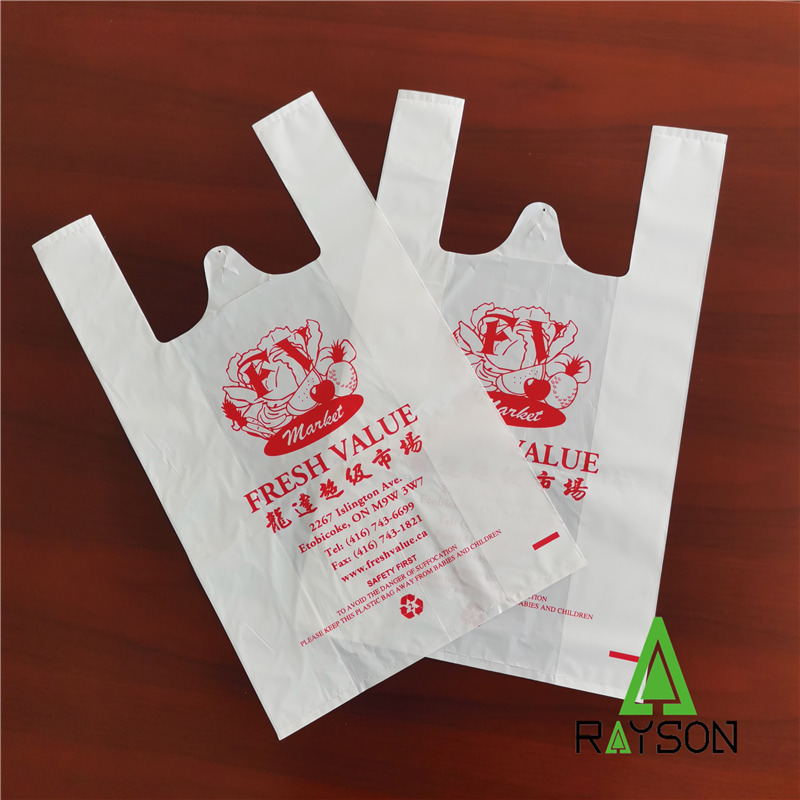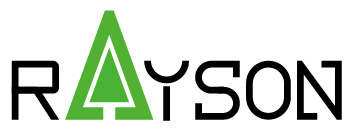Industry news
Retailers' Adoption of Compostable Plastic Bags: Driving Forces and Market Response

In recent years, the adoption of compostable plastic bags by retailers has emerged as a significant trend, driven by a confluence of environmental concerns, regulatory pressures, and evolving consumer preferences. This shift not only reflects the retail industry's growing commitment to sustainability but also has far - reaching implications for the global market of compostable packaging solutions.
I. Driving Forces Behind Retailers' Adoption
A. Stringent Environmental Regulations
Governments around the world are increasingly implementing strict regulations to combat plastic pollution. For instance, the European Union's Packaging and Packaging Waste Directive has set ambitious targets for reducing plastic waste and promoting recyclable and compostable alternatives. In response, many European retailers, such as major supermarket chains in Germany and France, have started phasing out traditional plastic bags in favor of compostable options. In the United States, California's plastic bag ban, which will be fully implemented in 2026, has spurred retailers across the state to seek compliant and eco - friendly packaging solutions. This regulatory push is compelling retailers to adapt their packaging strategies to avoid penalties and stay competitive in the market.
B. Heightened Consumer Awareness and Demand
Consumers are becoming more environmentally conscious, and their purchasing decisions are increasingly influenced by a brand's sustainability efforts. A recent study by Nielsen found that over 70% of global consumers are willing to pay more for products with sustainable packaging. Retailers are keenly aware of this trend. For example, Whole Foods Market, a leading natural and organic grocery chain, has been using compostable plastic bags in many of its stores. They recognize that by offering these bags, they can attract environmentally - minded consumers who are likely to be more loyal and spend more. Moreover, consumers are not only demanding sustainable packaging for their own purchases but also expecting retailers to take a proactive stance in reducing their environmental impact.
C. Corporate Social Responsibility (CSR) Initiatives
Retailers are under growing pressure to demonstrate their commitment to CSR. Adopting compostable plastic bags is seen as an effective way to enhance their environmental credentials. Brands like IKEA, which has a strong focus on sustainability, have integrated compostable packaging into their operations. By doing so, they not only contribute to environmental conservation but also improve their public image. This can lead to increased brand equity, as consumers are more likely to support companies that align with their values. Additionally, CSR initiatives can also attract and retain employees who are passionate about environmental causes, creating a more motivated and engaged workforce.
II. Market Response to Retailers' Shift
A. Growth of the Compostable Plastic Bag Market
The increased adoption of compostable plastic bags by retailers has led to a significant expansion of the compostable plastic bag market. According to a report by MarketsandMarkets, the global compostable plastics market is projected to grow from 4.6billionin2020 to
11.4 billion by 2025, at a compound annual growth rate (CAGR) of 19.9%. Retailers' demand for these bags is a major driver of this growth. As more retailers switch to compostable options, manufacturers are ramping up production to meet the rising demand. This has led to economies of scale, which in turn are helping to reduce the cost of compostable plastic bags, making them more accessible to a wider range of retailers.
B. Innovation in Compostable Bag Technologies
The growing market demand from retailers has spurred innovation in compostable bag technologies. Manufacturers are constantly developing new materials and production methods to improve the performance and cost - effectiveness of compostable plastic bags. For example, some companies are now using advanced blends of biodegradable polymers, such as poly(lactic acid) (PLA) and poly(butylene adipate terephthalate) (PBAT), combined with natural fibers like cellulose or starch. These materials not only offer good strength and durability but also ensure that the bags can decompose quickly in composting facilities. Additionally, there are innovations in bag design, such as improved barrier properties to protect food products from spoilage while still maintaining compostability.
C. Competition and New Entrants in the Market
The shift towards compostable plastic bags has also intensified competition in the packaging market. Traditional plastic bag manufacturers are diversifying their product lines to include compostable options to retain their retail customers. At the same time, new players are entering the market, attracted by the growth potential. For instance, some start - ups are focusing solely on producing high - quality compostable plastic bags using innovative and sustainable manufacturing processes. This increased competition is beneficial for retailers as it offers them more choices in terms of product quality, price, and customization. It also encourages continuous improvement in the industry, as companies strive to differentiate themselves through better products and services.
In conclusion, the adoption of compostable plastic bags by retailers is being driven by a combination of regulatory, consumer, and corporate social responsibility factors. The market response has been positive, with growth, innovation, and increased competition. As this trend continues, it is likely that compostable plastic bags will become an even more common sight in retail stores worldwide, contributing to a more sustainable future.


